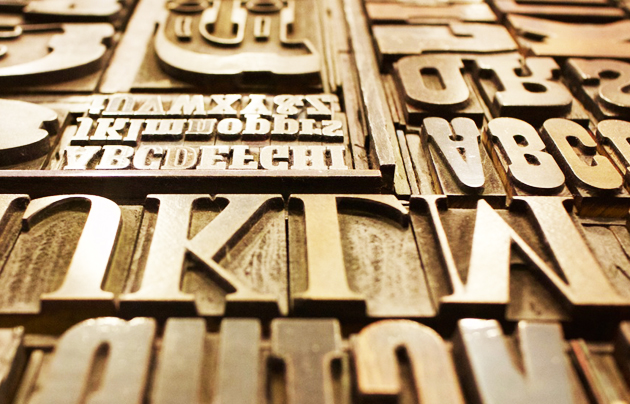One of the marks of the Reformation was the impulse to translate the Bible into the vernacular languages of Europe, so that the ploughboy could sing its words as he followed the plough.
 Photo: Marcus dePaula (Unsplash, CC)
Photo: Marcus dePaula (Unsplash, CC)
One of the marks of the Reformation was the impulse to translate the Bible into the vernacular languages of Europe, so that the ploughboy could sing its words as he followed the plough.
Those early translations, from the 16th and 17th centuries, became for each national church the authentic voice of God to his people. They replaced Jerome’s Latin Vulgate, which many had also felt expressed the true voice of God.
Similarly, many in Protestant churches today feel that the authentic voice of God uses 16th century vocabulary and grammar. A friend of mine has quipped that the King James Version could be named “Good News for 17th Century Man”.
Perhaps using one older version for each nation was not such a great problem while a Christian consensus existed in these societies. But today the primary goal of the church in Europe must be to build new Christian communities rather than focusing on keeping old churches open to bring secular populations to Christ, rather than to continue fighting yesterday’s battles. 400 -year-old language no longer communicates authenticity but irrelevance, and fits with unhelpful stereotypes of what the Gospel means today.
Reaching today’s audience
Most European languages have a variety of translations available, none of which is perfect, and (in my experience) none of which are so bad as to be unusable. They tend to be directed at different audiences. Translations which best communicate the overall gist of Scripture (especially to people unfamiliar with the Bible) tend to be more at the dynamic end of the spectrum, avoiding vocabulary and expressions which are alien to modern usage.
For example, for a normal secular Brit, something like Today’s English Version or the New Living Translation, will work much better than the King James or the ESV.
Despite my own church background, as a teenager it was the Good News Bible that helped me to understand the Gospel of grace when reading Romans and Galatians. The primary problem we encounter with these translations is that they don’t sound like what we grew up with in precisely the same way that the Reformation translations did not sound as holy as the Latin Vulgate to 16th century ears.
Likewise, when Jerome released the Vulgate, many (including Augustine) complained that he had taken liberties, and that the older Latin translations were better. But if we are to evangelize this generation and the next, we must put aside our preferences, and focus on the intended audience.
Types of Translation
Broadly speaking there are two types of Bible translation taking place in Europe today. The first is the production of new translations or revision in languages that already have them. Sometimes they add to an already present crowd, but in other cases they are one of a small handful, and a good alternative to older translations - for example, in Latvian, where the third complete translation was published in 2012.
The second type is into languages where there no existing translations, which some might find surprising. In some cases this is done primarily to give a little-spoken language or dialect legitimacy, rather than to reach out with the Gospel.
But there are also ongoing translation projects into different varieties of Roma which are firsts, where the main goal is to help Roma people engage with the Bible in their own language. Here the issue is not only access to Scriptures that can be understood, but Scriptures that speak from within the culture - communicating that God is not speaking from outside their world but from inside it -. His word comes to indwell each and every culture and language.
This is also the case of the ongoing work for the Deaf, such as into Spanish Sign Language, using video.
So, do you want to know which is the best English translation to use? I remember Eddie Arthur, former director of Wycliffe Bible Translators UK saying that it’s the one that you will use regularly.
Maik Gibson is director of the Centre for Linguistics, Translation and Literacy, Redcliffe College.
This article was first published by the quarterly bulletin of research-based information on mission in Europe “Vista”.

Las opiniones vertidas por nuestros colaboradores se realizan a nivel personal, pudiendo coincidir o no con la postura de la dirección de Protestante Digital.
Si quieres comentar o